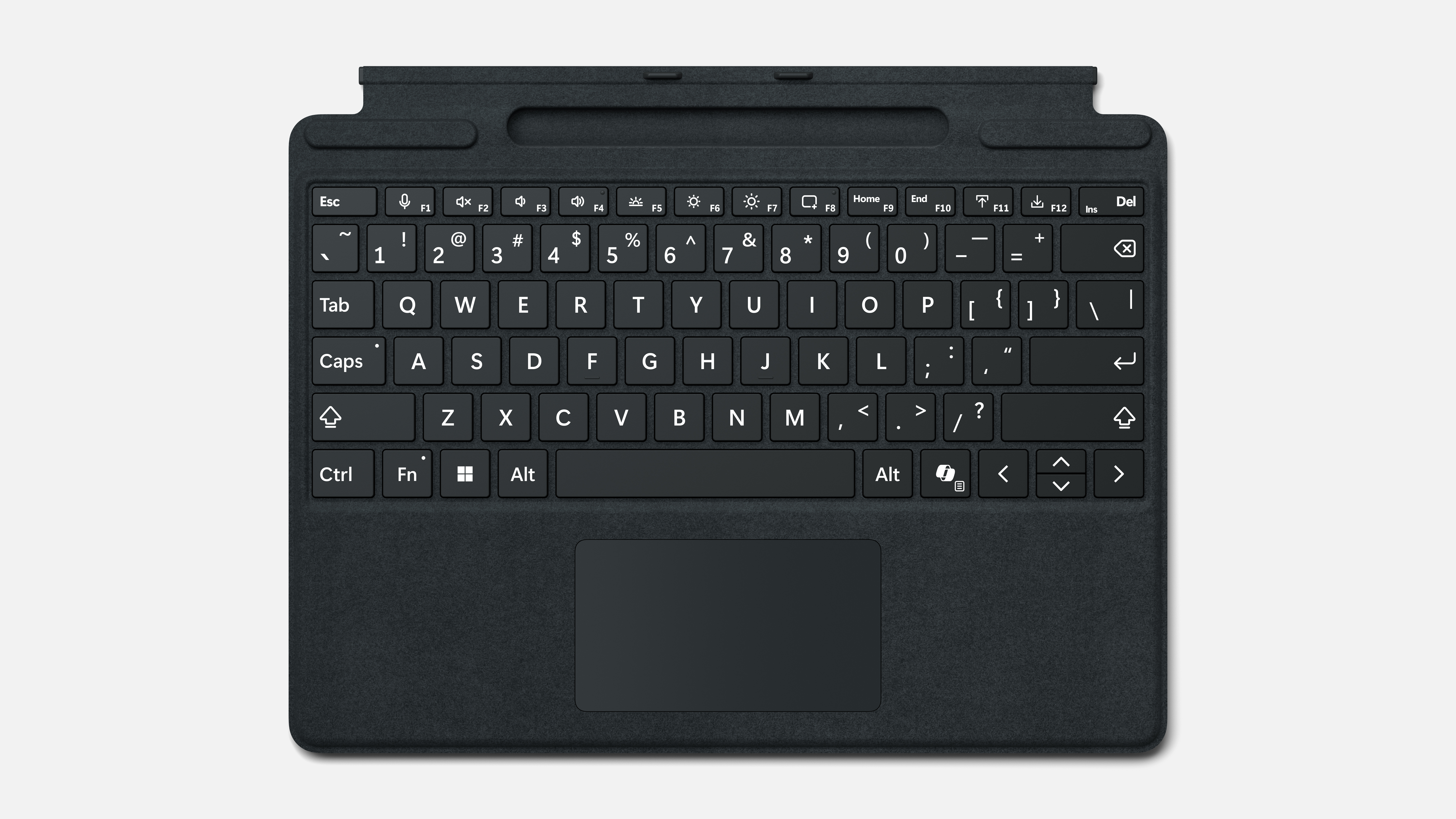Microsoft has long garnered praise for its focus on accessibility, recognizing the importance of serving a segment of the population too often overlooked in product design. The company has offered accessibility-focused Xbox peripherals for some time and introduced the Adaptive line of computing peripherals roughly this time last year.
The line debuted with the Adaptive Hub, D-Pad Button, Mouse and Mouse Tail, and Thumb Support, all aimed at making Windows computing more accessible to users with disabilities. It was well-received for its high level of customization, a crucial aspect of ensuring these products meet the diverse needs of users.
At this week’s virtual Windows event, the Adaptive line received updates and a couple of new additions. These products are designed to be mixed and matched with standard peripherals and with each other, providing maximum flexibility to meet individual needs. Microsoft also offers 3D printed add-ons for further customization.

This round reintroduces the Adaptive Mouse, which features thumb support and custom tails 3D printed by Shapeways. Despite its larger casing, the Mouse is an extremely compact square boiled down to its essentials of two buttons and a scroll wheel.
The Adaptive Hub acts as an adaptive accessory for other adaptive accessories, allowing for up to three devices and four Adaptive Buttons to be connected wirelessly. Joining the existing Adaptive D-Pad Button is the new Dual-Button. However, the most intriguing addition to the line is undoubtedly the Adaptive Joystick Button, closely resembling an old-school stick like those found on classic Atari consoles.
Microsoft’s new accessibility accessories are rounded out by a Surface Pro Keyboard with brighter backlighting and bolder text, catering to users with vision impairments. And yes, there’s a Copilot key onboard.










